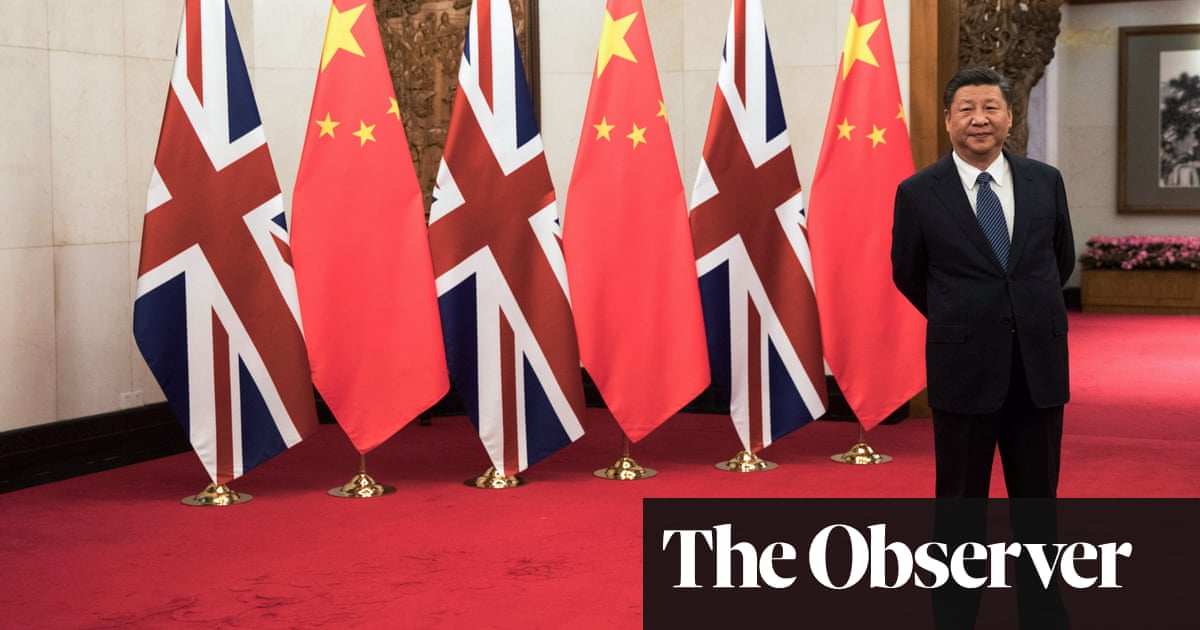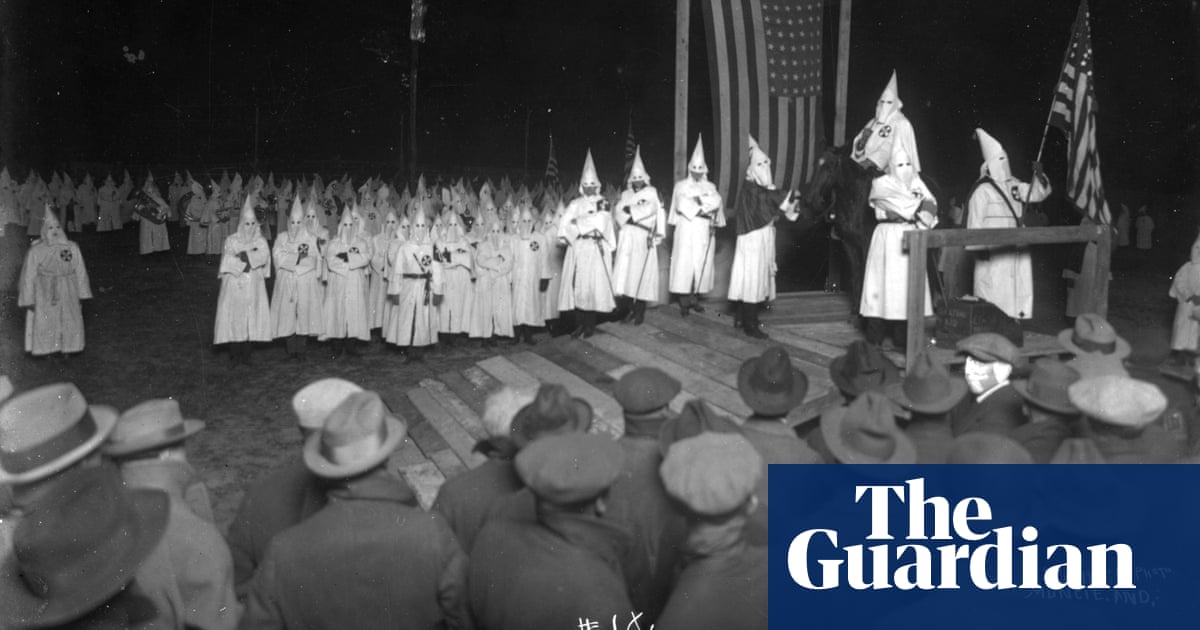
What do the internet, nuclear power, GPS, cloud computing, voice recognition and artificial intelligence all have in common? They were all developed with the help of the US government. As economist Mariana Mazzucato and others have documented, government-led research efforts have been crucial to breakthroughs in a number of key technologies that later yielded big dividends for American industry.
Many of these advances have come through a single agency — the Defense Advanced Research Projects Agency, or DARPA (also known as ARPA at some points in its history). In a recent essay, economists Pierre Azoulay, Erica Fuchs, Anna Goldstein and Michael Kearney explain the organizational model that makes DARPA — and its cousins such as ARPA-E, which focuses on energy technology — unique. DARPA first selects an area of technology that the private sector hasn’t made a lot of progress in yet — for example, brain-computer interface, or drone submarines — then finds researchers who are working on ideas that might fill that void. By giving wide latitude to powerful project managers, DARPA avoids much of the bureaucratic overhead and red tape that might otherwise gum up a government-led project.
But despite this record of success in technology, the US government has no equivalent agency that deals with economic challenges. Just as DARPA has exploited many areas of technological whitespace where the private sector needed some assistance, a US office of industrial policy — a DARPA for economic development — might be able to fill many of the economic gaps that are holding the economy back from its full potential.
Economists such as Dani Rodrik, Nathan Lane and Ernest Liu, and writers such as Joe Studwell, have articulated various theories of how industrial policy can help poor countries develop. But industrial policy in the rich world, where many highly efficient companies and advanced industries already exist, and where many regions are already thriving, should probably look very different. Instead of focusing on reshaping the economy as a whole, a US office of industrial policy would focus on relatively cheap, high-impact projects aimed at filling in the holes.
One big gap involves declining regions. Across the US, but especially in the Upper Midwest, there are cities and towns that have been hit hard by the Rust Belt deindustrialization of the 1980s, the China shock of the 2000s and the Great Recession of 2008, or some combination of the three. As writers James and Deborah Fallows have documented, some of these places are doing a good job pulling themselves out of their slump, and the strategies they use often look similar — cultivating public-private partnerships, leveraging nearby universities, developing new local tentpole industries and revitalizing their downtowns.
But because these efforts rely on local initiative, they are scattershot and patchy. Towns that are still languishing could use help identifying and implementing the models of their more successful counterparts. A U.S. office of industrial policy could systematically compile and analyze information on local strategies that worked, and synthesize these into a standard plan that could be distributed to business, political and academic leaders in less successful towns. It could help identify and connect local leaders from these sectors, put them in a room together, and encourage them to come up with revitalization plans that fit their towns’ particular needs, strengths and resources. And it could furnish seed money for the creation of academic research centers like Carnegie Mellon’s Robotics Institute, which has helped Pittsburgh gain a lead in robotics.
A US office of industrial policy could also encourage venture capital to spread out from coastal high-tech enclaves to the heartland. Helping VCs tour declining regions and meet with local boosters, as Congressmen Ro Khanna and Tim Ryan have been doing, could be one of several low-cost initiatives to nudge high-value industries to diversify geographically.
A second big gap involves exporting. The US now exports relatively little relative to the size of its economy:
The likely reason is that the US is such a large home market that many American companies simply don’t bother to sell overseas. But there is evidence that once companies do make the leap and decide to compete in world markets, their productivity goes up. A US office of industrial policy could help domestically focused companies start exporting by providing them with information and non-cash assistance such as marketing, financing and logistical support. This approach would be relatively cheap, especially because it would be temporary — after an initial boost to help it enter the world market, each company would be left to succeed or fail on its own. This approach is broadly similar to the so-called economic gardening strategy used by some cities and states to encourage local business formation.
Through inexpensive, targeted interventions like these, a DARPA-style US office of industrial policy would target areas of development where local network externalities, incomplete information and other market failures have hindered the private sector. But unlike DARPA, it would also have a permanent staff — a group of economists, urbanists and technologists dedicated to gathering data and doing interdisciplinary research on which types of industrial policy give the most bang for the buck.
No such agency exists now. But some enterprising, growth-oriented politicians should try to create one — it would be quite a legacy to leave to future generations.(Bloomberg)












